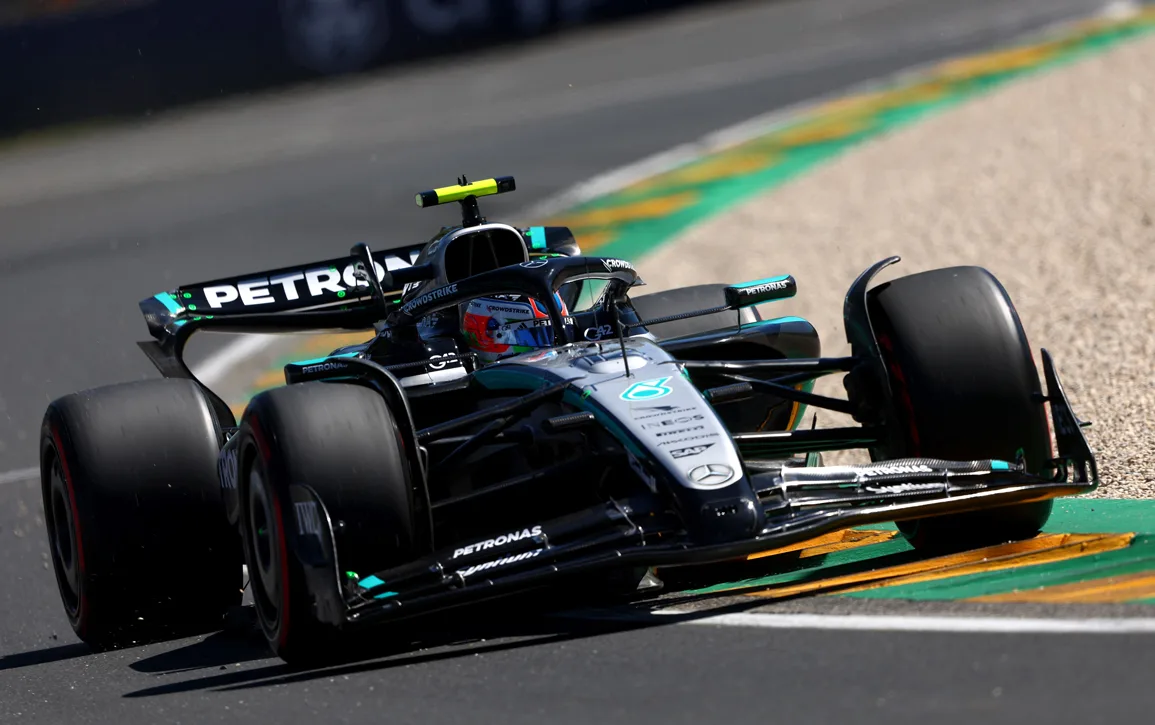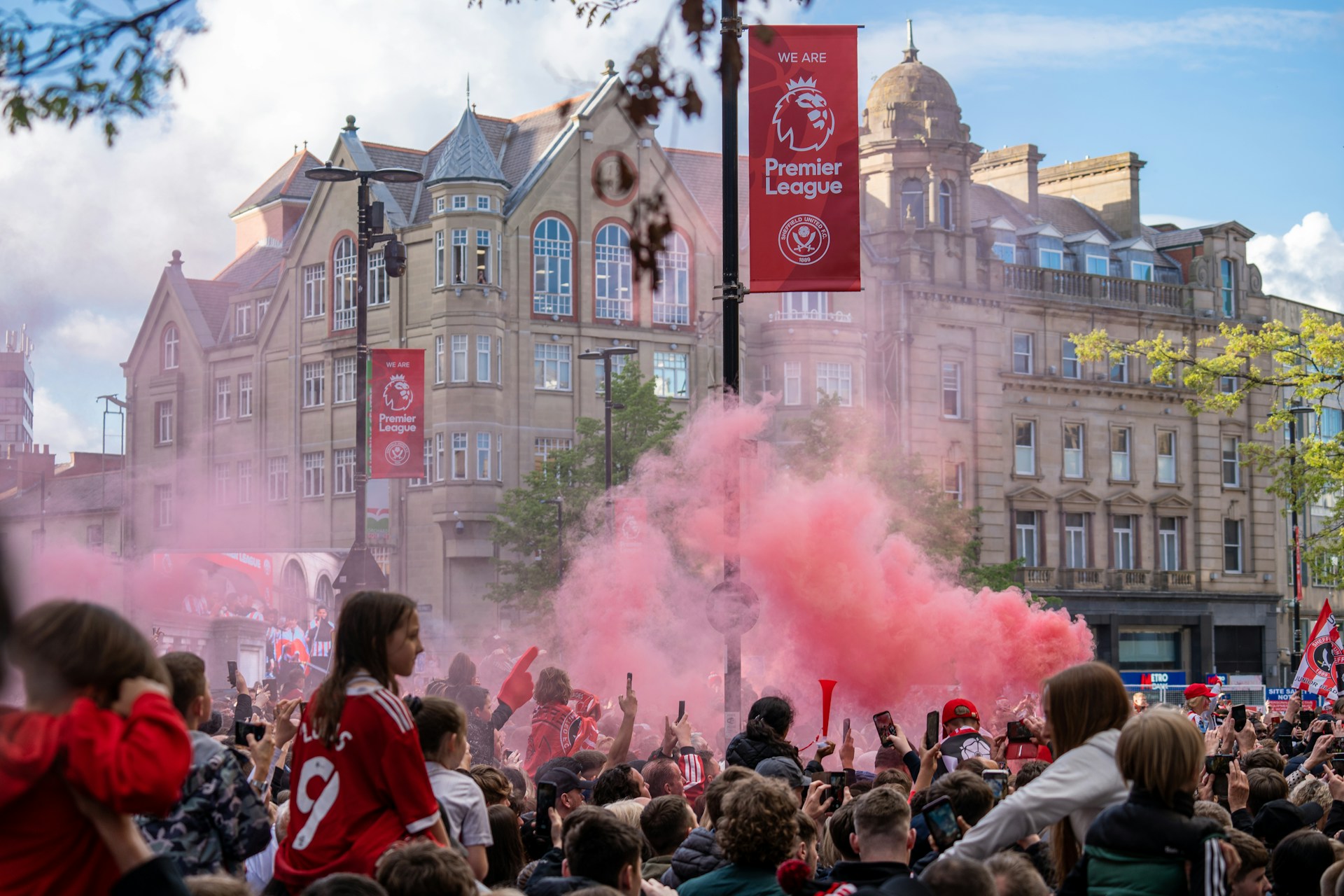
Introduction
For decades, Ferrari symbolized heritage, McLaren innovation, and Red Bull disruption. Then came Mercedes-AMG Petronas.
From 2014 to 2020, Mercedes built one of the most dominant dynasties in sports history—seven consecutive Constructors’ Championships, seven Drivers’ titles, and a legacy etched into both engineering and culture. Their silver cars became symbols of excellence. Their drivers—Lewis Hamilton and Nico Rosberg, later Valtteri Bottas and George Russell—were more than racers. They were global personalities who carried the Mercedes brand into fashion, activism, and international fandom.
This is the story of how Mercedes went from near-collapse to unstoppable dominance, and how Petronas sponsorship, innovation, and leadership made them the defining team of Formula 1’s modern era.
The Early Years: A Legacy Interrupted
Mercedes’ history in motorsport stretches back to the very beginning. In 1954, Juan Manuel Fangio won the World Championship with Mercedes, driving the iconic silver arrow. But tragedy struck in 1955 at Le Mans, when a Mercedes car crash killed over 80 spectators. Mercedes withdrew from racing entirely, leaving a gap that lasted nearly four decades.
The name “Silver Arrows” lived on in legend, but Mercedes themselves stayed in the shadows—supplying engines, but not fielding a full works team.
The Return and the Petronas Partnership
In 2010, Mercedes returned as a full works team, buying out Brawn GP—the team that had shocked the world by winning the 2009 title on a shoestring budget. With deep pockets and a long-term vision, Mercedes began rebuilding from scratch.
Crucial to their return was the partnership with Petronas, the Malaysian oil and gas giant. The sponsorship wasn’t just money—it was technical collaboration. Petronas’ fuels and lubricants became key to Mercedes’ dominance, helping engines run cooler, faster, and more efficiently. The green Petronas branding on the silver cars became one of the most recognizable images in sport.
At first, results were modest. Michael Schumacher came out of retirement to lead the team, but victories were rare. Critics doubted Mercedes’ project. But behind the scenes, Toto Wolff and a growing technical empire were laying the foundation for something historic.
The Hybrid Era: A Perfect Storm
In 2014, Formula 1 introduced new hybrid turbo engines—a revolution in technology. Most teams struggled with the complexity. Mercedes didn’t.
Their power unit, developed in Brixworth, was a masterpiece: more efficient, more powerful, more reliable than anything else on the grid. Rival teams couldn’t keep up. The combination of hybrid dominance, aerodynamics, and team cohesion made Mercedes almost untouchable.
From 2014 to 2020, Mercedes won every Constructors’ Championship. Drivers in other cars sometimes felt like they were racing for “best of the rest.”
Hamilton, Rosberg, and the Human Drama
But dominance doesn’t mean peace. At the heart of Mercedes’ dynasty was one of F1’s most bitter rivalries: Lewis Hamilton vs. Nico Rosberg.
They had been friends as teenagers in karting. At Mercedes, they became enemies. Their battles—from collisions in Belgium to the infamous 2016 Spanish GP crash—tore the team apart internally. In 2016, Rosberg finally beat Hamilton to the title, then shocked the world by retiring immediately.
Hamilton then carried the team into a new era, winning six titles with Mercedes and becoming the face of Formula 1 globally. But he wasn’t just a driver—he used his platform to speak out on racism, diversity, and environmental issues, making Mercedes a team at the crossroads of sport and culture.
The Bottas Years and Team Stability
After Rosberg’s exit, Mercedes signed Valtteri Bottas. While Bottas lacked Rosberg’s political sharpness, he provided stability—playing the role of loyal teammate while Hamilton extended Mercedes’ dominance.
Bottas’ presence kept internal peace, allowing Mercedes to focus on technical supremacy rather than managing rivalry chaos. But some critics argued Mercedes’ dominance became predictable, draining some drama from the sport.
Challenges from Red Bull
From 2021, Red Bull and Max Verstappen began to close the gap. The 2021 season became one of the most controversial in F1 history, ending in Abu Dhabi with a last-lap decision that handed Verstappen the title and ended Mercedes’ run.
For the first time in nearly a decade, Mercedes looked vulnerable. New regulations in 2022 brought fresh challenges. Their once-dominant car now struggled with “porpoising”—bouncing violently on straights. George Russell, brought in as Hamilton’s successor, delivered consistency, but wins became rare.
The Cultural Influence of Mercedes
Mercedes-AMG Petronas isn’t just about trophies. They changed the cultural fabric of Formula 1.
-
Diversity: With Hamilton as the sport’s first Black world champion, Mercedes supported initiatives to diversify motorsport.
-
Activism: Hamilton used the Mercedes platform to highlight social justice, climate change, and human rights.
-
Fashion and Branding: Hamilton’s fashion statements made him as recognizable off-track as on, bringing F1 into mainstream culture.
-
Global Marketing: Petronas sponsorship gave Mercedes an edge in Asia, cementing their global footprint.
Mercedes turned F1 from an elite European sport into a truly global cultural brand.
The Legacy of a Dynasty
What Mercedes built from 2014 to 2020 wasn’t just dominance—it was a dynasty. They became the modern benchmark of success in Formula 1: engineering genius, ruthless consistency, and cultural relevance.
Like all dynasties, they now face decline and reinvention. But their place in F1 history is secured. From the roar of Silverstone to the streets of Singapore, the silver cars with the teal Petronas stripes defined an era.
Bottom Line
Mercedes-AMG Petronas isn’t just another Formula 1 team. It’s the story of rebirth, dominance, rivalry, and cultural impact. They turned technical supremacy into a dynasty, carried by characters as compelling as Hamilton, Rosberg, and Toto Wolff.
Whether they return to dominance or not, the Mercedes story proves something timeless: in Formula 1, greatness is measured not just in titles, but in the ability to shape culture far beyond the track.

